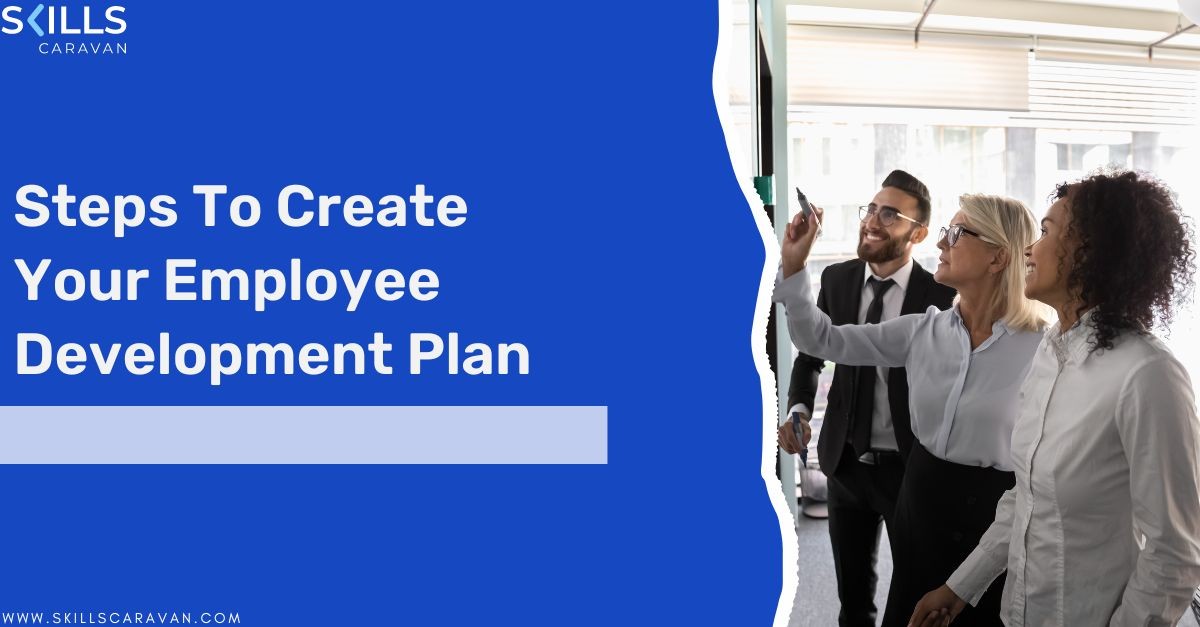
Steps To Create Your Employee Development Plan
In today's fast-paced and competitive business environment, investing in your employees' growth and development is crucial for both their job satisfaction and the company's overall success. Creating a well-thought-out employee development plan not only helps foster a culture of continuous learning but also enables organizations to retain top talent and drive innovation. In this blog post, we will explore the essential steps to create a comprehensive employee development plan that aligns with your company's goals and values.
Step 1: Assess Your Learning Needs
Before embarking on creating an employee development plan, it's crucial to assess the learning needs of your workforce. This involves identifying the skills and knowledge gaps within your organization to determine what areas need improvement. Conducting surveys, performance reviews, and skill assessments can provide valuable insights into where your employees stand and what areas require development.
Step 3: Conduct Skills Gap Analysis
Analyzing the skills gap within your organization involves comparing the skills your employees currently possess with the skills required to meet your business objectives. This assessment will help you identify the specific areas where training and development are needed.
Step 4: Identify Individual Goals
Understanding the career goals and aspirations of your employees is key to creating a personalized development plan. Conduct one-on-one discussions to identify each employee's strengths, weaknesses, and areas of interest. This will allow you to tailor development initiatives to meet individual needs and career objectives.
Step 5: Define Clear Objectives
Once you have assessed the learning needs of your employees, it's time to define clear objectives for the development plan. These objectives should be specific, measurable, attainable, relevant, and time-bound (SMART). Clearly outlining the goals of the plan will help employees understand what is expected of them and motivate them to achieve their development targets.
Step 6: Set Performance Metrics
Establishing performance metrics is essential to track the progress of your employees' development. These metrics could include key performance indicators (KPIs), feedback from managers and peers, and assessment results. Regularly monitoring and measuring employee performance against these metrics will ensure that the development plan remains on track.
Step 7: Align with Organizational Goals
It's important to align the objectives of the employee development plan with the goals of the organization. By ensuring that employee growth and development support the company's strategic objectives, you can drive business success while nurturing the talents of your workforce.
Step 8: Design Training Programs
With clear objectives in place, it's time to design training programs that cater to the specific needs of your employees. Whether it's technical skills training, leadership development, or soft skills workshops, the training programs should be engaging, relevant, and aligned with the learning goals of individuals.
Step 9: Offer Diverse Learning Opportunities
Provide a variety of learning opportunities to cater to the diverse needs of your employees. This could include on-the-job training, mentoring programs, online courses, workshops, seminars, and conferences. Encouraging continuous learning through various channels will enrich the development experience for your employees.
Step 10: Invest in Professional Development
Investing in the professional development of your employees shows that you value their growth and commitment to their success. Consider offering tuition reimbursement, certifications, and opportunities for career advancement to motivate your employees to enhance their skills and knowledge.
Step 11: Implement Monitoring and Evaluation
Monitoring and evaluating the effectiveness of the employee development plan is essential to ensure its success. Regular feedback sessions, performance reviews, and progress reports will help you assess the impact of the training programs and make necessary adjustments along the way.
Step 12: Gather Feedback
Encourage open communication and feedback from employees regarding their development experiences. Listening to their input, suggestions, and concerns will help you continuously improve the effectiveness of the employee development plan.
Step 13: Measure Results
Use key performance indicators and other metrics to measure the results of the training programs. Assess employee performance, engagement, and satisfaction levels to gauge the impact of the development initiatives on individual and organizational growth.
Conclusion
Creating a well-crafted employee development plan requires careful planning, collaboration, and commitment. By following these steps and implementing best practices, you can empower your workforce to reach their full potential, drive organizational success, and cultivate a culture of continuous learning and growth. Invest in your employees' development today, and reap the benefits of a skilled, motivated, and engaged workforce tomorrow.
Learn more
More features like gamification, skill benchmarking, upskilling and reskilling, AI-generated tailored content, and many more are available with Skills Caravan's LXP. You can learn more about these features here.